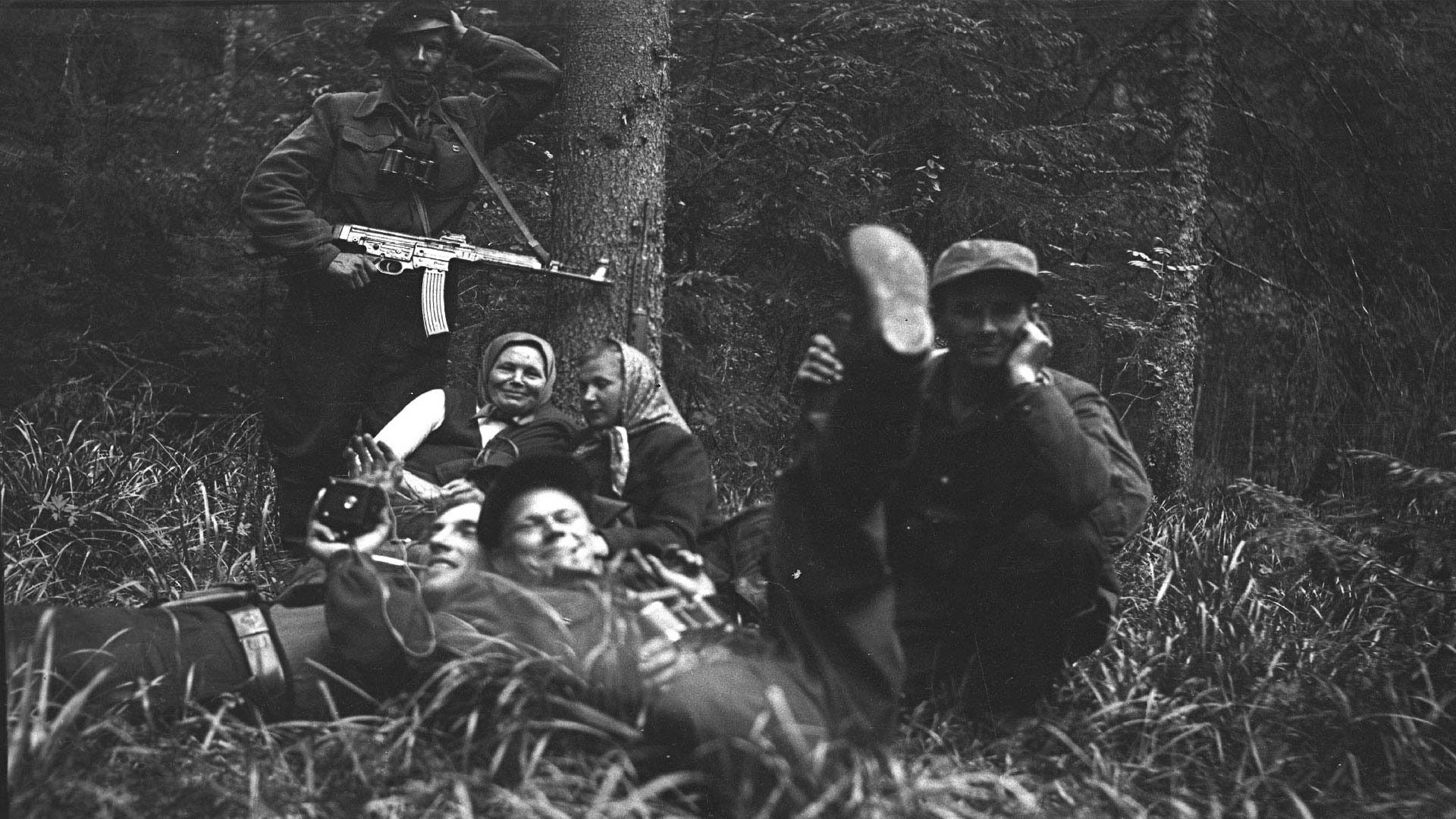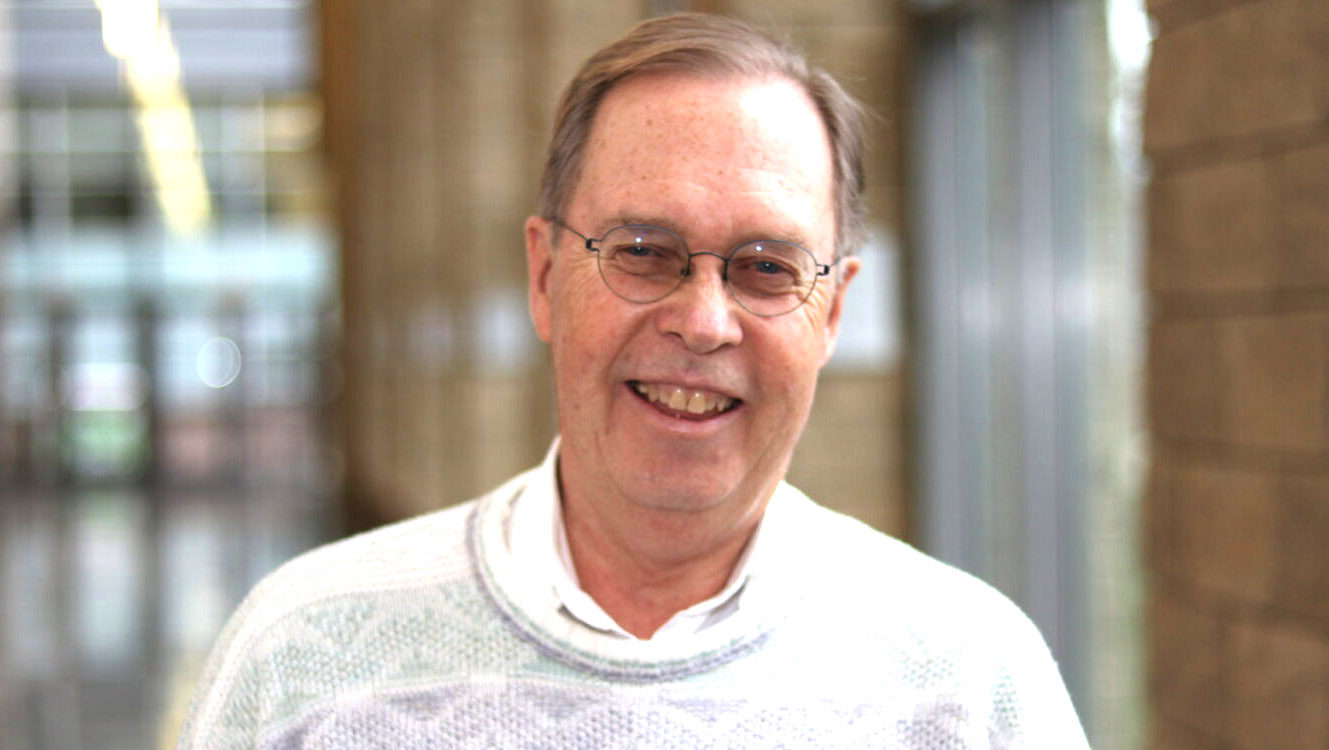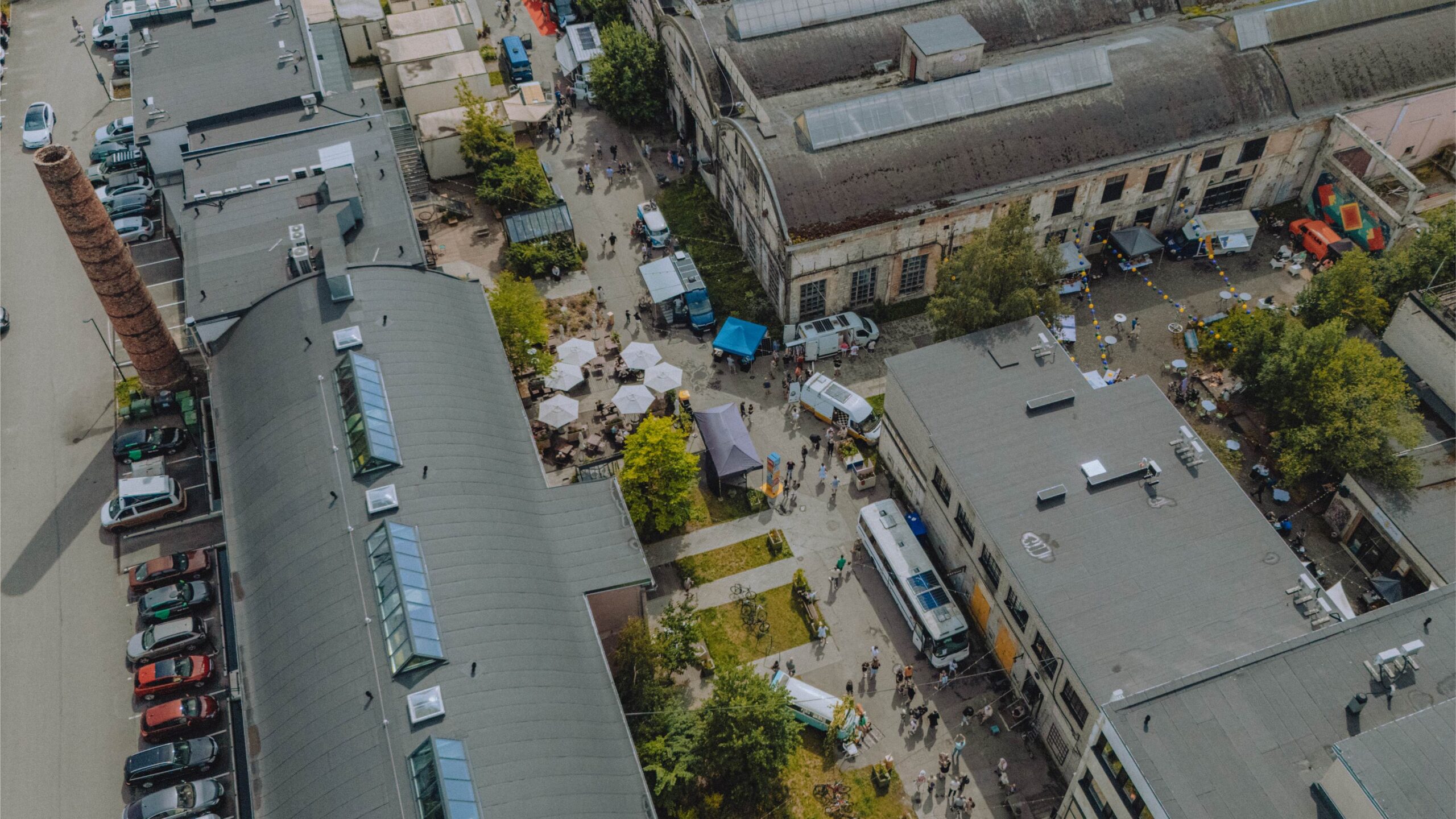Namedropping up to the present day
Although not the first herald of Buddhism, Brother Vahindra certainly was the most colourful of Estonian Buddhists. Maybe it's partly thanks to him that Uku Masing (1909-1985) picked up the torch and started his own exploration into Buddhism which resulted in series of lectures and a book – Budismist [About Buddhism]. Masing, though not as mythical as Brother Vahindra, still is a worthy counterpart to him – what he lacked in bravado and splendour, he made up for with encyclopaedic knowledge and volume.
Masing was a founding member of the Estonian Oriental Society in 1935; the Society was shut down in 1940 and re-established in 1988. Another member of the EOS, polyglot and Orientalist Pent Nurmekund (1906-1996) established a chair of Oriental Studies at the University of Tartu in 1955. That is where Linnart Mäll started in the 1960s. Mäll (1938-2010) was Masing's student and became a teacher for many future Estonian Buddhologists. He translated many Buddhism's basic texts into Estonian. Thanks to him it's relatively easy to become a Buddhist here – the texts underlying theology (if such a word may be used for Buddhism) are available in our mother tongue, and with a solid commentary (e.g. three tomes of Budismi pühad raamatud [Sacred Books of Buddhism], published in 2004-2008).
Thus, the now quite settled Buddhist community in Estonia stands on the shoulders of some prominent giants – these were all outstanding members of Estonian academia and the society alike.
Though pretty impressive, a history of Buddhism in Estonia, and in the Western world in general, is only a fraction in the history of Buddhism. The origins of Buddhism date back to the 6th to 5th century BC, to India, where Prince Siddharta Gautama guessed the meaning of life under a Bodhi tree – to remove suffering from human life. Western scientists started to show deeper interest in it only in the 19th century. 1960-1970s brought about a rebirth (or was it a reincarnation?) of Buddhism in the West, thanks to beatniks and hippies; Buddhism was a suitable tool to express their opposition to the system and reach out for the eternal and imperceptible.
Resistance to the regime
“Way of resistance” can be said about Buddhism in Soviet Estonia, too. The Soviet era marked the cessation of most religious practices and education here. Christian denominations maintained their activity on a much smaller scale, membership of other religious communities dwindled remarkably.
On the one hand, this situation was a perfect seedbed for emergence of religious and/or intellectual luminaries to attract eager satellites to cluster around them. Continuity of previous traditions depended completely on the “right” people in “right” places: bravery and aptitude alike were needed for delving into an unfamiliar cultural and religious concepts (curiously enough, this is still valid while living in the free world). Concurrency of intellectual interest and religious devotion was an important precondition for a viable religious movement to start. Plus a certain amount of political finesse – e.g. when Linnart Mäll was not allowed to work at the University of Tartu as a scientist, he was given a post of “engineer at the chair of Oriental Studies”.
It was Mäll himself who said: “Buddhism and dissidence were synonyms in the eyes of the state organs.” Buddhist resistance to the Soviet Socialist Republic of Estonia was a peaceful one, of course, in accordance to basic religious principles – Buddhist texts and contemplation instead of battle-axes and wrath. Paradoxically enough, this emphasis on the academic approach created a slight friction between the scientists – theoreticians and the believers – practitioners. The latter were called “village mystics” by the former (so much better than “village idiots”, right?).
On the other hand, our ignorance towards all kinds of religious matters has given way to numerous conspiracy theories and esoteric interpretations, most of which usually lack both depth and grip. It's easy to put up a spiritual system for the people who have no means to oppose to it or no adequate foreknowledge to evaluate it against. Make no mistake: Buddhism is no easy way out for posers. It's a religion. Despite of its seemingly lax structure and lenient image there are a hierarchy, stipulations and requirements to consider and to follow. Decision and devotion – make up your mind and then stay on the chosen path – above everything else.
In the 2011 census 1145 people in Estonia defined themselves as Buddhists. However, this indicates how many people consider themselves Buddhist and not the number of members in Buddhist communities (or congregations). The latter is estimated to be about 5 times smaller. But the number of people who attend to Buddhist meditation nights certainly is several times bigger than 1145. This is probably one visible expression of a phenomenon that Estonians are not too eager to determine themselves as being adherent towards … anything. And then there is a more universal concept of convenience believers, of course.
What do we actually know about Buddhism?
Well, here are some keywords provided by young students in Tartu: Dalai Lama, stress management, non-violence, vegetarianism, contemplation, enlightenment, Eckhart Tolle, karma, previous lives, India, tolerance, well-being, Buddha, Woodstock. Bunch of concepts belonging to some other Far Eastern religions. Meditation.
I've always remembered Buddhism by numbers 3, 4 and 8. Three precious jewels: Buddha (the teacher, the Awakened One), dharma (the teaching), and sangha (community). Four noble truths: there is suffering in this world; there are reasons for human suffering – human body, yearning for pleasure and illusions; to get rid of suffering means to get rid of yearnings and desires; in order to reach a state without suffering one must embark upon the eightfold path. Eightfold path involves being a wise, ethical human being. Makes sense, right? Logic and rationality may be a bit surprising characteristics for a “spiritual” movement, but I believe these are the main elements that attracted Estonians about Buddhism during the Soviet era, in particular, and continue to do so now.
Some of the students in Tartu declared to be Buddhists themselves – although not belonging to any community or going to gatherings, but in general, you know. Besides other things Buddhism is tolerant towards “non-believers” – everybody is welcome to take part in practice sessions, without a further obligation to become a congregation member. Buddhists don't send out missionaries, they teach their guests how to calm their minds in meditation and discuss about ancient texts. I liked this very much. Am I a Buddhist? Well, I'd rather not determine that. To be honest, I was there for a …
Personal gain
So, I am sitting in a hall with a dozen of people and counting numbers from 1 to 10. Thoughts still come to my mind, but it doesn't matter, it is acceptable and only human as we've been told. And suddenly, my hands feel huge and alien. I rub a back of one hand against a palm of the other and my hands grow smaller again. I have never experienced anything like that. What was that? Side effects of nirvana? So soon?
Last seconds. Then the ringing of a bell announces this session finished. I can hear, with my eyes still closed, that some people have finished already and are fidgeting about. I open my eyes. All is back to its rightful proportions. I feel … fresh. Rested. Like I had just taken a nap. I don't feel that fresh even mornings after a good night sleep.
A sceptic inside me offers a simple explanation. “It's past 18.30, you have a day's work and worries behind you, that was the first time for you to take a time-out. Maybe it was the first time in days. Or, for some people, weeks even. It's the feeling of having dozed away for a moment that does the trick.” Indeed, the physical impact of meditation has been proven in numerous researches. Calming the monkey mind etc. An Estonian inside me says approvingly (and very, very silently): “It works, whatever I call it. It works perfectly.” One of Buddhism's definite perks: theory is accompanied by practice which is accessible to everyone.
And let's not forget the greater goals: by bettering ourselves we make the whole world better, eventually. This is what all religions are meant for, isn't it?
Kadri Metsma




